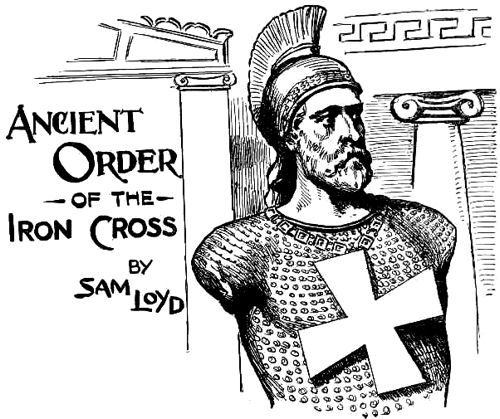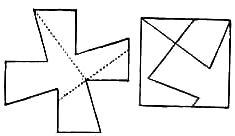



THE DISCUSSIONS pertaining to the armless statue of Titus Livius, in the famous Corsini collection, are very similar to those of the Venus de Milo. In both cases the statues were discovered without arms, and either for lack of artistic ability or owing to certain anatomical difficulties or contradictions, sculptors have been unable to suggest acceptable restorations.
In the case, however, of Titus Livius, the warrior and historian, who was the founder of the order of the Iron Cross, a curious legend has been unearthed which carries with it the paradoxical implication that the lack of arms was a necessary feature to the completeness of the statue.
It is stated that Caesar Augustus, the first Roman Emperor, while riding one day in his chariot, espied the soldier Titus Livius, who had lost an arm in battle, begging alms of passersby, Augustus addressed the veteran and asked why he had not received the cross of honor and pension awarded to such as had lost a limb in honorable service.
“Great Caesar!” replied the warrior. with becoming modesty, “I was but an humble soldier in the ranks, and was doubtless overlooked.” Caesar took the decoration from his own breast and placing it upon the soldier, said: “If thou hadst lost both arms, thou shouldst be the founder of a new order.” Whereupon the soldier promptly drew his sword, and by a deft stroke lopped off his other arm!
We will not go into a discussion of the paradoxical features of the exploit, by asking with what arm he must have drawn the sword to chop off “the other,” as it is a matter of history, that Titus originated the well-known Victoria Cross which is closely allied to that of the St. Andrew's form.
In designing the insignia for a new order of the Iron Cross, Titus had to conform to the established law of adopting a symmetrical form of cross which could be constructed from the parts of a square.
By reversing this proposition we obtain a remarkable puzzle which forms an important link in the mysterious chain of relationship which connects all of the ancient signs and symbols, including the square, triangle, cross, swastika, monad, crescent, etc., etc.
The puzzle is merely to divide a square piece of paper into the fewest number of pieces which will fit together so as to form the irregular St. Andrews' Cross, as shown in the sketch.
The following illustrations show how to cut the cross into only four pieces:

2. False Logic.
A brute of a judge recently refused to allow damages to be awarded for killing an infant. His line of reasoning must have been somewhat as follows:
A baby is a crier,
A crier is a messenger,
A messenger is one sent,
One cent is not worth two cents;
Therefore, a baby is not worth two cents.
[Page 96]